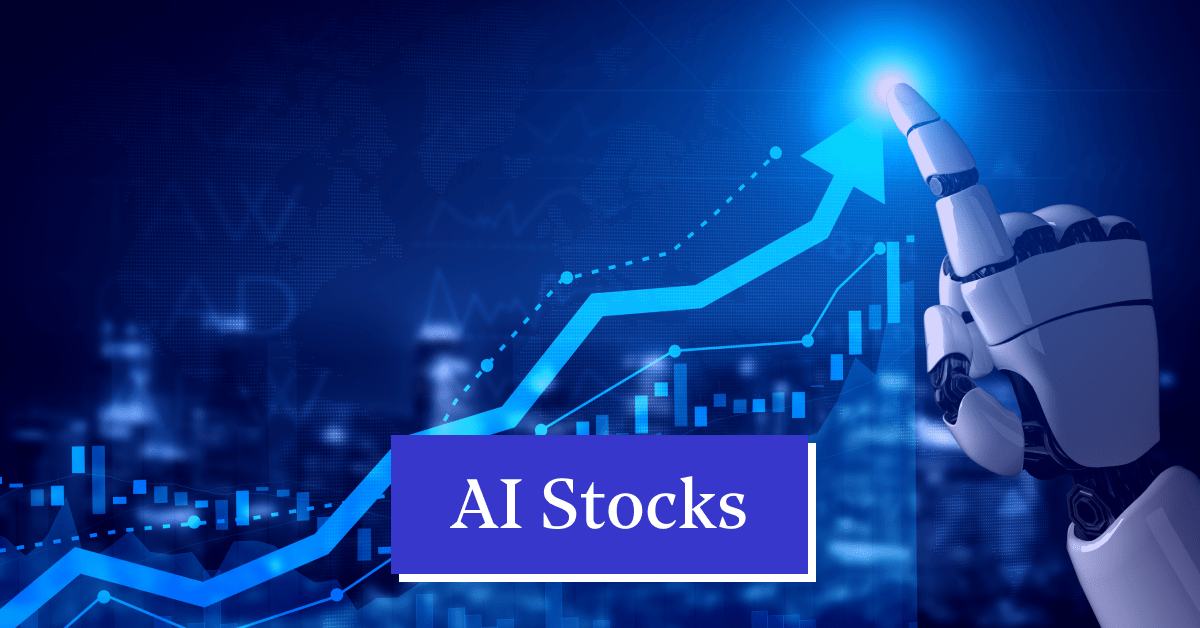20 New Ideas For Picking Trader Ai Websites
20 New Ideas For Picking Trader Ai Websites
Blog Article
Top 10 Tips For Evaluating The Data Quality And Sources Ai Platform For Predicting And Analyzing Trades
To ensure that you are providing accurate and reliable information It is crucial to examine the sources and data that are utilized by AI stock prediction and trading platforms. Inaccurate data can lead to flawed predictions, to financial losses, or mistrust toward the platform. Here are 10 top tips for evaluating sources and the quality of the data:
1. Verify the source of data
Verify the source of the data. Make sure that the platform uses well-known, reputable sources of data (e.g. Bloomberg Reuters Morningstar, or stock exchanges such NYSE, NASDAQ).
Transparency. The platform should be transparent about the sources of data it uses and should keep them up to date.
Beware of dependence on one source: Trustworthy platforms integrate information from multiple sources to reduce biases and errors.
2. Check the Freshness of Data
Data that is delayed or real-time? Determine whether the platform is able to provide actual-time or delayed data. Real-time trading demands real-time data. Delayed data will suffice in long-term analysis.
Update frequency: Check the frequency at when data is being updated.
Accuracy of historical data: Make sure that the accuracy of your historical data. free from gaps or anomalies.
3. Evaluate Data Completeness
Find missing data.
Coverage: Ensure that the trading platform is able to support a large number of the indices and stocks pertinent to your strategy.
Corporate actions: Check if your platform takes into account dividends and splits in stocks in addition to mergers and other corporate events.
4. Test Data Accuracy
Cross-verify data : Check the platform's data to that of other reliable sources to guarantee the accuracy.
Find mistakes: Look for asymmetry, inaccurate prices, and mismatched financial metrics.
Backtesting using historical data for backtesting trading strategies to see if results match expectations.
5. Examine the data's Granularity
The level of detail: Ensure that the platform has granular information like intraday prices and volumes spreads, bid-ask spreads and the depth of an order book.
Financial metrics: Ensure that the platform has comprehensive financial statements like the balance sheet, income statement and cash flow. Also, ensure that the platform has key ratios, such as P/E (P/B), ROE (return on equity) and more. ).
6. Make sure that the data processing is checked and Cleaning
Normalization of data: Ensure that the platform normalizes the data (e.g. and adjusting for splits, dividends) to ensure consistency.
Outlier handling: Check the way the platform handles outliers and anomalies.
Missing data imputation: Check if the platform uses reliable techniques to fill in gaps data points.
7. Examine the consistency of data
Timezone alignment: Make sure that all data is aligned to the same timezone to ensure that there are no differences.
Format consistency: Make sure that the data is presented consistently (e.g. units, currency).
Cross-market consistency : Check data harmonization across different exchanges or markets.
8. Determine the relevancy of data
Relevance of your trading strategy. Make sure that the information is in line with your trading style.
Selecting Features: Check whether the platform has relevant features, such as economic indicators, sentiment analysis, and news data, which can improve the accuracy of your predictions.
Review Data Security Integrity
Data encryption: Ensure whether the platform uses encryption to safeguard data while it is transferred and stored.
Tamper-proofing (proof against the possibility of tampering): Check to make sure the data was not altered or manipulated by the computer.
Security: Make sure whether the platform is compliant with data protection rules (e.g. CCPA, GDPR).
10. Test the AI model of the platform transparency
Explainability: The platform will give insight on how AI models use data to produce predictions.
Check if there is an option to detect bias.
Performance metrics. Analyze performance metrics such as accuracy, precision, and recall to determine the reliability of the platform.
Bonus Tips:
User reviews: Read user reviews of other users to gain a sense for the reliability and quality of data.
Trial period: Try the trial period for free or demo to try the data quality of the platform and features prior to committing.
Customer support: Make sure your platform has a robust support for problems related to data.
Following these tips will enable you to evaluate the data quality, the sources, and the accuracy of AI-based stock prediction platforms. Have a look at the top rated killer deal for trader ai for site tips including ai stock market, using ai to trade stocks, ai stock price prediction, ai stock picker, invest ai, ai trading software, ai for stock trading, ai copyright trading bot, ai investment platform, ai investment platform and more.
Top 10 Tips For Evaluating The Scalability Of Ai Stock Predicting/Analyzing Trading Platforms
In order to ensure that AI-driven prediction and trading platforms are able to handle the growing amount of user input, data and market complexity, it is essential to evaluate their scalability. Here are 10 top tips for evaluating scalability.
1. Evaluate Data Handling Capacity
TIP: Ensure that the platform has the capacity to process and analyse huge datasets.
What is the reason? Scalable platforms should be able to handle the growing amounts of data with no reduction.
2. Test real-time processing capabilities
TIP: Examine the capability of the platform to handle real-time information streams, such live stock prices, or breaking news.
The reason: The immediate analysis of your trading decisions is essential, as delays can lead you to miss opportunities.
3. Check Cloud Infrastructure and Elasticity
Tips: Make sure that your cloud platform (e.g. AWS, Google Cloud or Azure) and able to dynamically scale resources.
Why? Cloud platforms are flexible, and can be scaled up or down based on demands.
4. Algorithm Efficiency
Tip 1: Analyze the computational performance of the AI models that are being utilized (e.g. reinforcement learning deep learning).
Reason: Complex algorithms require a lot of resources. Therefore, optimizing them will help you scale.
5. Explore the possibilities of Parallel Processing and distributed computing
Check whether the platform utilizes distributed computing or parallel computing frameworks.
The reason: These technologies allow quicker data processing and analysis over a variety of nodes.
Examine API Integration and Interoperability
Tips Check the platform's capability to integrate with external APIs (e.g., brokers, market data providers, APIs).
What's the reason? Seamless integration guarantees that the platform is able to adapt to new data sources and trading environments.
7. Analyze User Load Handling
Tip: Simulate the impact of high user traffic to test how the platform performs under pressure.
The reason: The performance of a platform that is scalable is not affected by the increase in users.
8. Study the Model Retraining adaptability
Tips: Check how often and efficiently the AI models are being retrained using new data.
The reason is that markets are always shifting, and models must to be able to change quickly to remain accurate.
9. Check Fault Tolerance (Fault Tolerance) and Redundancy
Tip. Make sure your platform has failover systems and redundancy in case of hardware or software problems.
What's the reason? Trading downtime can be costly, so fault tolerence is important to allow for scaling.
10. Monitor Cost Efficiency
Tip: Consider the cost of scaling up your platform. Be aware of cloud resources, such as storage of data as well as computing power.
Why: It's important to keep a balanced equilibrium between the performance costs and expenses.
Bonus Tip: Future-Proofing
Make sure the platform is able to incorporate new technologies (e.g. quantum computing and advanced NLP) and can adapt to changes in the regulatory environment.
If you concentrate your focus on these aspects it is possible to accurately evaluate the scale of AI prediction and trading platforms. This ensures that they will be robust and efficient as well as prepared for expansion. Follow the top ai for trading for more info including ai investment app, best ai for trading, ai stock picks, ai stock prediction, investment ai, ai trading app, trade ai, stock market software, ai stock market, stock ai and more.